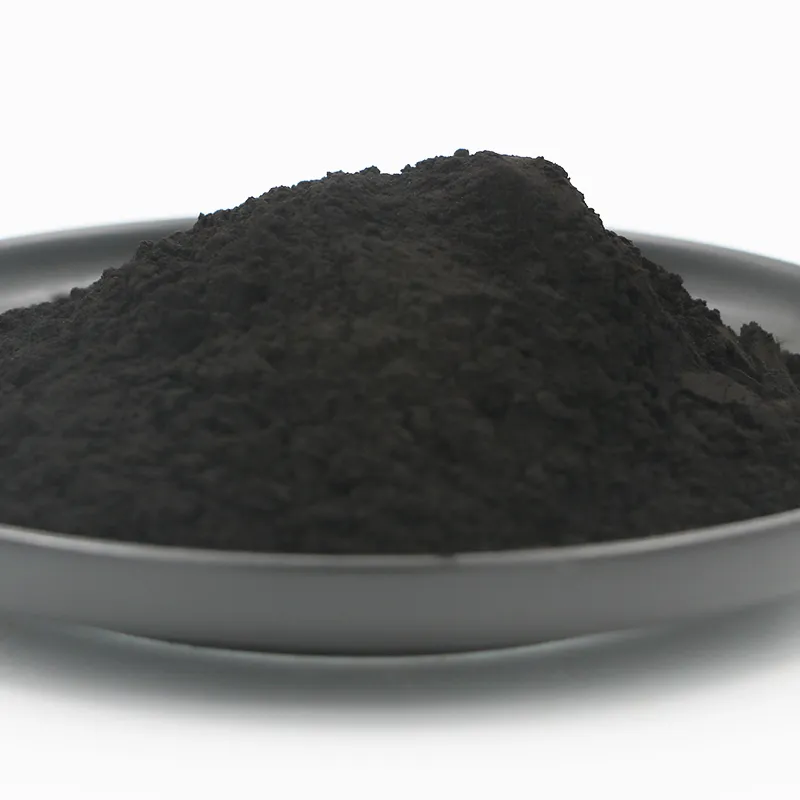american gilsonite selects 325
Gilsonite selects 325 is most commonly used in printing inks (gravure and offset), paints and stains, and protective coatings
American gilsonite is one of the manufacturers of gilsonite
But this substance is not only found in the United States
Countries such as Colombia, Albania, Malaysia, Iran, and turkey are among the manufacturers and suppliers of this substance
Without the need for heating, the Selects 325 Grade of Gilsonite resin is easily soluble in aromatic solvents (benzene, toluene, and xylene), as well as the majority of chlorinated solvents
Without heat, it is also soluble in aliphatic and low-aromatic solvents such as VM&P and other naphthas, ink oils, and mineral spirits; however, the mixing process takes significantly longer
It is recommended to utilize the pulverized grade for applications that do not involve heating

The color of the Selects 325 films is quite dark, and there is a very little bronzing effect
When solutions are allowed to mature, they do not considerably thicken
Additionally, the Selects 325 Grade is compatible with drying oils, hydrocarbon resins, elastomers, asphalts, lubricants, and waxes when it comes to specialized applications
The vast majority of alcohols and ketones are unable to dissolve it more than somewhat
Gilsonite Selects 325 does an outstanding job of bonding Gilsonite to other materials, and it does it at a lower cost than competing additives that are used for the same task
furthermore, increasing the durability of paints and developing more robust stains
Because gilsonite reacts with the pigment in the paper, the resulting print is resistant to rubbing
in addition to this, it has great stability against the sun’s rays and UV light
In general, the utilization of natural bitumen in paints, inks, and stains has been subjected to numerous, successful tests over the course of the years, which has led to the production of a stable market for this application
However, the quantities are still restricted because a relatively small proportion of the total amount is allocated to this application
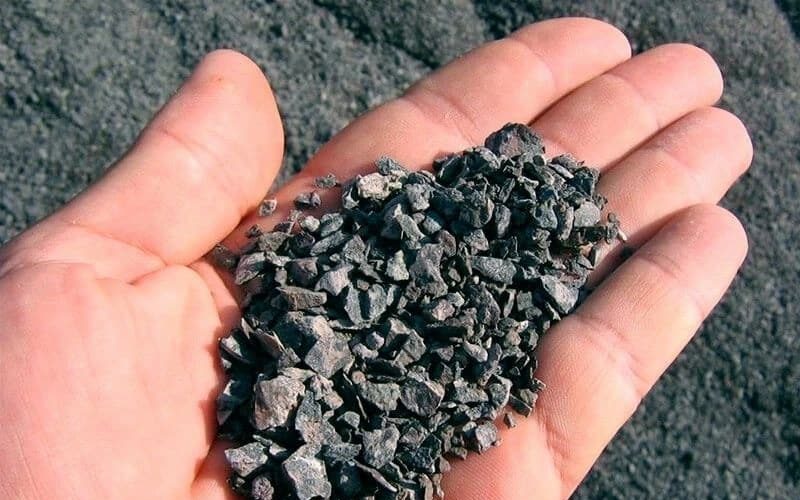
gilsonite powder
Gilsonite powder has been utilized for many years in many fields and industries
it’s mainly used in drilling fluids to stabilize boreholes through shale stratigraphic intervals, hence decreasing borehole enlargement
It creates a thin layer on the wall of the borehole and seals microcracks, bedding plane gaps, and pore spaces
One to three kilograms of gilsonite are added to every barrel of drilling mud
It also reduces torque and drags on the drill string, reducing the likelihood of trapped drill strings
Bore-Plate is a blend of grades (75-85 percent of the formula), surfactants, and dispersants specifically intended for use in water-based oil well drilling fluids
Oil Well Cementing is a cement additive that is utilized in the primary cementing of lost-circulation zones in surface, intermediate, and production pipes
To restore drilling fluid circulation, secondary cementing procedures include squeezing, recementing above inadequate fill-up, and plugging back
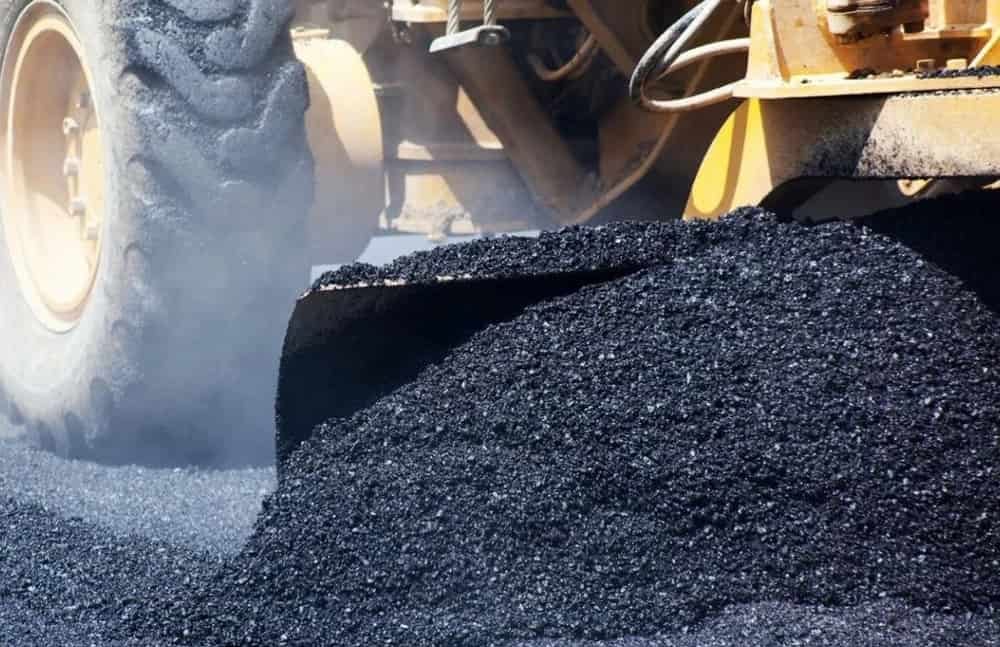
Its low density, low water absorption, chemical inertness, mechanical strength, granular nature, and minimal deformation under high pressure make it valuable
These qualities enable it to enter, bridge, and close lost-circulation zones
Gilsonite is also used to improve the performance of asphalt paving mixes
It improves load-bearing capacity and lowers roadway rutting by increasing the stiffness and viscosity of the binder
It also increases ductility and fracture resistance at low temperatures, increases the durability of the pavement, and enhances the workability of the mixture for paving
future applications pf Gilsonite powder is used in ink, paint, and as a stabilizer in foundry sand
When used in foundry sand combinations to build molds for casting gray iron and pig iron, it produces a superior mold with a smoother finish that is easier to remove from the cast item
It is also used to improve the hardness, adhesion, UV stability, and water and chemical resistance of bitumen-based paints

gilsonite modified asphalt emulsion
Asphalt mixtures can benefit from the addition of gilsonite, which acts as a performance-enhancing ingredient and results in an improved emulsion
Asphalt and Paving mixes that have been modified with gilsonite get better PG grades and absorb flawlessly into the asphalt blend without the requirement for high-shear milling, which is required when using many other types of modifiers
When compared to non-modified asphalts, asphalts that have been changed with gilsonite have superior characteristics in terms of stability, reduced deformation, reduced temperature susceptibility, and greater resistance to water stripping
Gilsonite is also used to manufacture pavement sealers that have excellent look and weathering capabilities
These sealers can be made using either a solvent or an emulsion
Gilsonite is an agent that is added to the asphalt mix in order to increase both the efficiency and the productivity of the mix
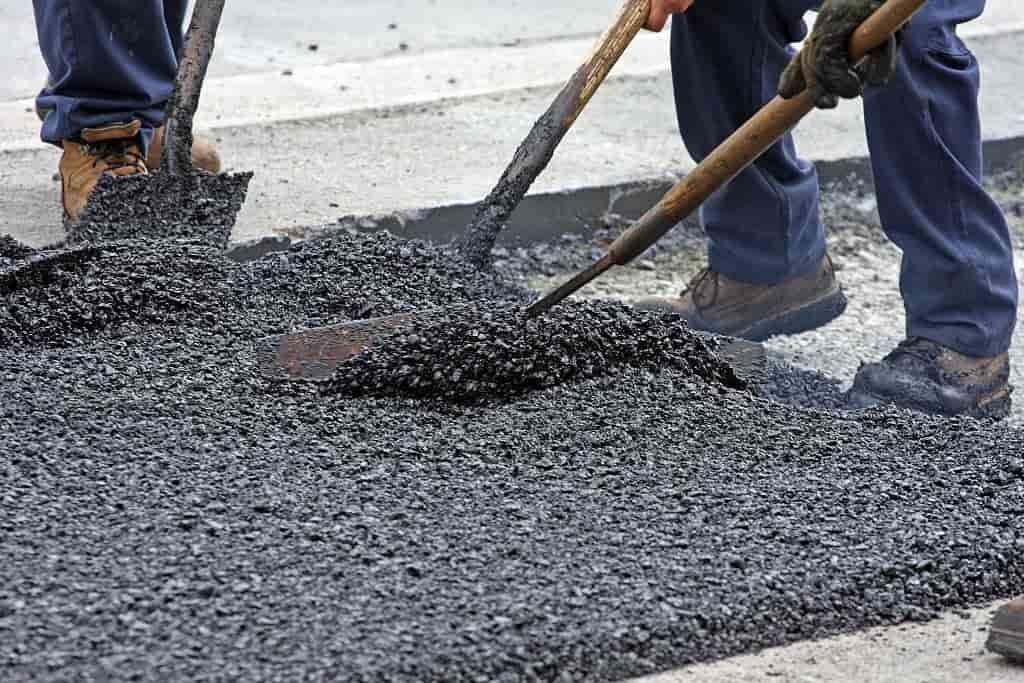
Because of the large proportion of gilsonite in the asphalt mixture and the absence of any other components that may act as a counterbalance, the asphalt transformed into a very solid substance
As an additive in asphalt modifiers, gilsonite has the potential to replace SBS polymers in terms of both the total and a portion of its value and cost
In comparison to asphalts that do not contain Gilsonite, asphalts that have been modified by Gilsonite have increased stability, smaller form changes, stability against low temperatures, and stronger resistance against water
In point of fact, the primary purpose of Gilsonite in this application is to enhance the stability of roads and their durability against shape changes
This raises their capacity to endure the high applied load, which is why it is utilized in regions that are under intense strain
Although there are almost 35 alternative materials that can be used in place of gilsonite, the mineral is still the material of choice since its cost-to-benefit ratio is lower than those of its alternatives
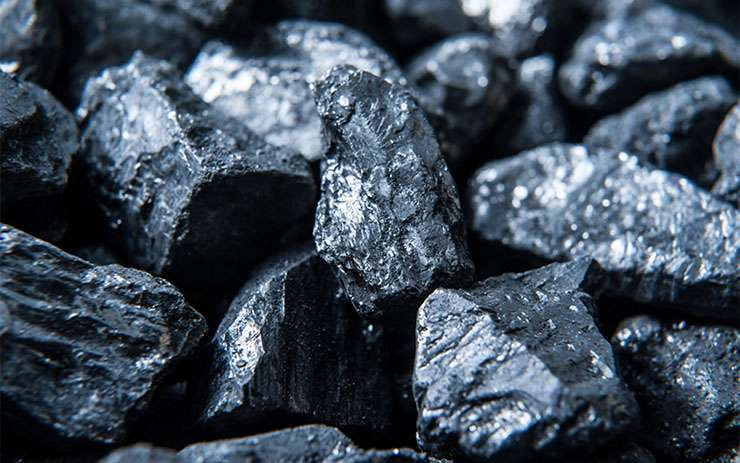
gilsonite properties
Gilsonite is a solid hydrocarbon that is also known as asphaltite, asphaltum, or natural asphalt
It has many properties and applications
Mainly it was used for varnishing and waterproofing wood at the time, and it still has applications in these categories
Aside from that, there is a wide range of gilsonite applications nowadays by combining it with other petroleum
Gilsonite mines have been discovered over the years because it is a naturally occurring substance
In Iran, there are numerous veins with varying hydrocarbon content that are used for various industries
Gilsonite mines with a purity of up to 98 percent can be found in western Iran
As a result, Iran is regarded as one of the best suppliers
When pulverized, this shiny black substance is fragile and turns brown
Although its black color is only visible in large quantities of gilsonite, and its shininess occurs only when it is new and fades as it weathers
The color is not used to grade gilsonite, but the size and softening temperature point are
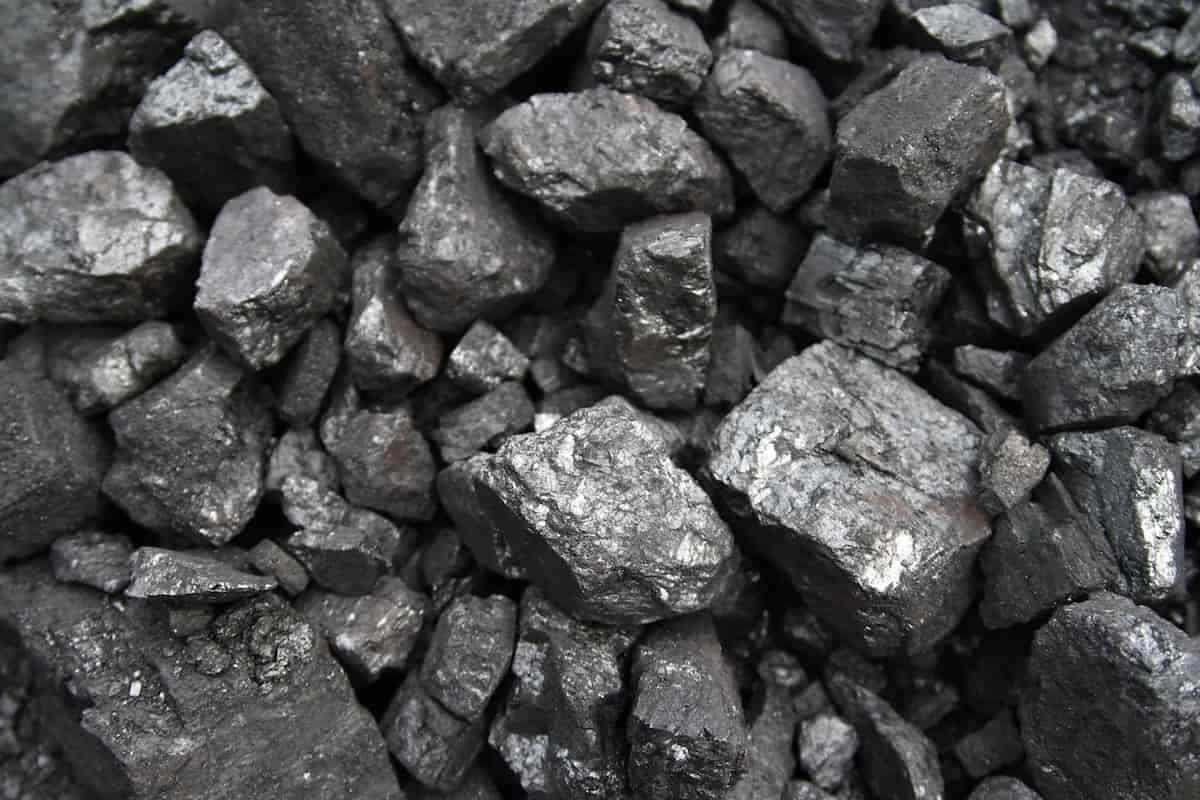
Gilsonite has a melting point of 120°C to 230°C, excellent insulator properties, high purity, and is soluble in organic solvents
All of these characteristics combine to make it a substance with a wide range of applications
It’s used in the paper, ink, paint, and polish industries, among others
Gilsonite is used in oil and gas drilling fluids, asphalt and roofing asphalt, cementing, fireworks, and a variety of other applications
In areas such as runways, highways, and racetracks, Gilsonite makes surfaces more resistant to shear forces
Gilsonite can also be applied to all types of asphalt pavement, including mastic asphalt, cement asphalt, smooth asphalt, and ordinary bituminous asphalt
Because of the previously mentioned characteristics of Gilsonite, it has many advantages over asphalt
These benefits include less deformation, increased resistance, increased load bearing capacity, improved waterproofing effect, and so on

gilsonite price per pound
In the global market for natural bitumen, buyers are looking for the greatest price and the best quality, and any provider or manufacturer that can provide this will win the market
The prices often are quoted as per pound or per ton
The problem is that it’s difficult to price high-quality materials fairly
Because better-quality products are the result of long hours and meticulous procedures, the people who produce them should be compensated in a way that reflects their worth
In addition to geographical and political issues, natural bitumen’s price may be affected by several factors
As a member of the petroleum family, natural bitumen’s price is directly impacted by changes in the price of oil and petroleum
The price of bitumen can be significantly influenced by a variety of factors, including international sanctions, civil wars, national conflicts, and more
It is clear that these occurrences have an impact on the price of crude oil
It is expected that the costs would rise if the situation worsens
Pricing is an issue for both suppliers and manufacturers in this scenario
Hence by relying on certain suppliers, it’s possible to overcome this obstacle
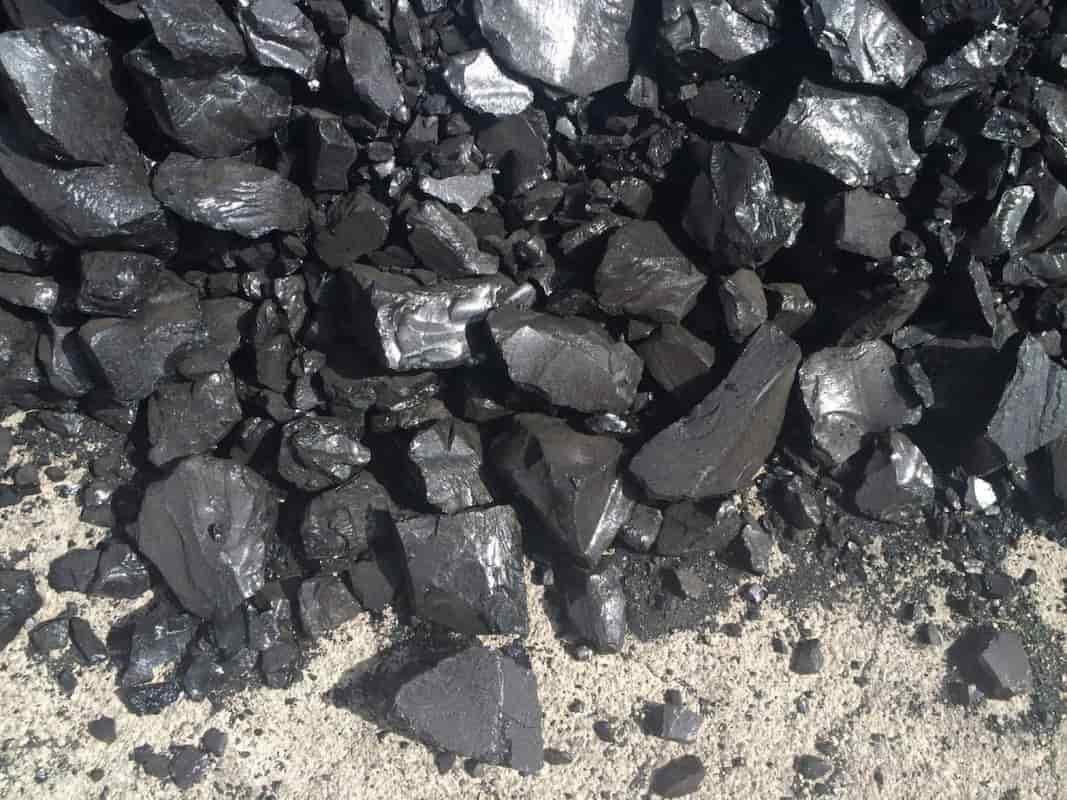
gilsonite sds
Working with Gilsonite necessitates the use of a sds certificate
An SDS (safety data sheet), formerly known as an MSDS (material safety data sheet), contains information such as the properties of each chemical, as well as the physical, health, and environmental health hazards, protective measures, and safety protocols for handling, storing, and transporting the chemical
It specifies Personal Protective Equipment (PPE), First Aid Procedures, and Spill Clean-up Procedures for each individual chemical
A Gilsonite SDS lists hazards such as eye contact, skin contact, inhalation, and ingestion
This certificate also specifies how one should react and treat when exposed to any of these dangers
Because of the abrasive impact of the dust, this substance may cause eye discomfort
The severity of the injury will be determined by the amount of material that enters the eye as well as the speed and thoroughness of the first aid procedures
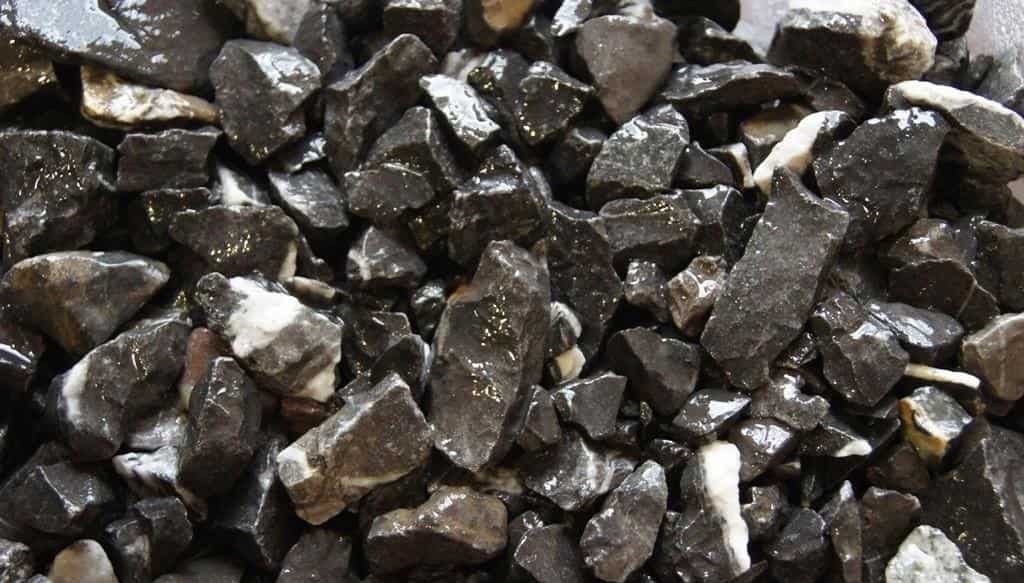
Pain, swelling, redness, tears, and vision problems are some of the signs and symptoms
This hazard assessment is based on data from similar materials
This chemical, however, is not predicted to produce sustained or substantial skin irritation
This risk assessment is based on data from similar materials
Gilsonite, luckily, has little dermal toxicity
Breathing in dust concentrations that exceed the acceptable exposure threshold may cause respiratory irritation
Signs and symptoms of respiratory tract irritation include, but are not limited to, nasal discharge, sore throat, coughing, bronchitis, pulmonary edema, and difficulty breathing
This substance’s systemic toxicity has not been determined
If eaten, it should be almost non-toxic to internal organs
The essential equipment is also specified in the safety data sheet, but no tools are required while dealing with Gilsonite
As a result, in the event of a fire involving this substance, do not enter any enclosed or confined fire space without suitable protective equipment, including self-contained breathing apparatus

gilsonite cement additive
Gilsonite is a unique additive that can be utilized by the oil industry to address conditions of lost circulation
This substance is a solid hydrocarbon that can be found in its natural state in a number of natural deposits located all over the world
Since its introduction to the oil sector in August 1957, Gilsonite, this beneficial solid hydrocarbon, has been utilized in tens of thousands of occupations
These operations included single and multiple-stage primary cementing through lost-circulation zones of surface, intermediate, and production pipe, as well as different remedial tasks like squeezing, re-cementing above poor fill-up, and plugging back to restore drilling-fluid circulation
Gilsonite, which was mainly designed as a combined low-density lost-circulation slurry, has generated great results in areas of incompetent formations and other forms of lost-circulation zones
In regions where only 50 to 60 percent fill-up was possible with other types of slurries, field studies indicate that 80 to 90 percent fill-up is possible with this material
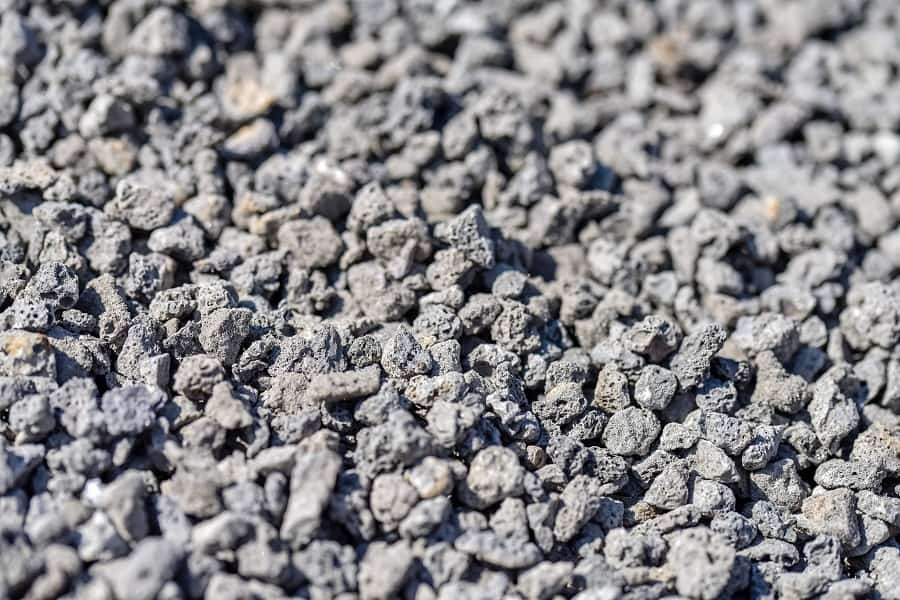
Gilsonite’s unique properties, such as low specific gravity, particle-size distribution, insulative properties, resistance to corrosive fluids, chemical inertness, and low water requirements, produce a mixture with remarkable bridging properties, low slurry weight, compatibility with other slurry additives, and relatively high tensile strength
As the oil-producing industry has expanded, the requirement for a low-density cementing slurry with lost-circulation control qualities has become more obvious
Due to the variety of encountered formations and the necessity to limit corrective cementing procedures, this is particularly true for primary cementing
These problematic formations might range from porous or cavernous to so weak that they cannot maintain the needed hydrostatic head for drilling and well completion
This second type of formation usually fails or fractures under hydrostatic pressure, resulting in a partial or total loss of circulation
We are here to help you to overcome any obstacles and guarantee you a safe purchase from the best suppliers at the most reasonable price and the best quality
Keep in touch with us



